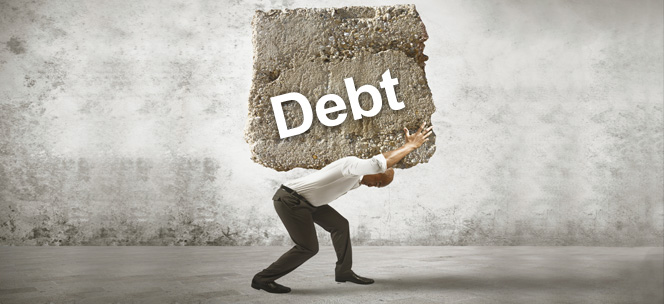Five reasons government debts aren’t like mortgages

Every time a government borrows money there is an inevitable comparison to home mortgages. But an inch below the spin is the glaring reality that government debt is nothing like a mortgage. Here are five reasons why:
Reason One: Homeowners have a good reason to borrow, governments don’t
The median family income in Saskatchewan is $80,010. The average cost of a home in Regina about $320,393. For most people the price of a home is four times their annual income. A mortgage is the only realistic option.
In contrast, this year the Saskatchewan government has a projected income of about $14.3 billion, but it plans to borrow up to $700 million to pay for infrastructure investments. That means the government’s borrowing is about 4.9 per cent of its income. Infrastructure investment is certainly needed, but this isn’t like signing a mortgage to buy a home; it’s more like using a line of credit to buy new shingles. The government isn’t borrowing because it has to, but rather because it hasn’t saved for extra expenses and won’t trim the budget a little when necessary.
Reason Two: Homeowners make monthly payments, governments don’t
The mortgage is the first line on every family budget for good reason: skip mortgage payments and the bank repossesses the house.
The Saskatchewan Party has paid down the provincial debt by about $2 billion since forming government. But for the last few years, it’s stopped paying down debt. Now it’s back to borrowing and just covering the interest costs. So while the average family’s mortgage is slowly but surely going down, the province’s debt is going up.
Reason Three: Homeowners back debt with assets, governments back debt with taxpayers
When a family buys a home, they incur a large debt, but they also acquire an asset: their home. Add up all of a family’s debts and assets, and the numbers usually even out – or better. If things get tight the family can sell the house and get out of debt.
Most times when a government borrows there are no assets. Even when government does borrow to build assets, it’s not the same. There isn’t much of a resale market for highways or hospitals, and even if there was an appetite to sell those assets, the sale price wouldn’t come close to paying off the debt. Instead, Saskatchewan government loans are implicitly secured by the guarantee that taxpayers will pay more if necessary. That’s why government debt is really just a delayed tax hike.
Reason Four: Homeowners can rent if necessary, governments can’t
It’s always hard when a family loses their home, but there are other options such as renting.
If Saskatchewan slips back into the old days of eroded credit ratings, there is no Plan B. The province can’t pack up and move (although individual citizens can and do). No matter what happens, the debts have to be repaid. Every taxpayer in the province will be on the hook to repay the debt.
Reason Five: Homeowners don’t force their kids to co-sign mortgages, governments do
If parents buy a home and fail to pay it off, the mortgage won’t be hung on the kids. That’s because we don’t ask our kids to co-sign our mortgages.
The Saskatchewan government plans to pay off its new debt by making payments over the next 30 years. If Saskatchewan fails to make some payments in the future, which it hasn’t done for the past few years, that debt will last much longer. And there’s no clear plan to pay down the existing debt. It’s a virtual certainty that our kids will make many payments on these debts.
And that’s the most important difference between a mortgage and government debt. Families use mortgages to buy a home as a place to raise their kids, provide for retirement and maybe even leave an inheritance. Just trying to pay off debt for government projects before they wear out won’t get our kids ahead.
We need infrastructure, but let’s reprioritize spending to build for the future instead of borrowing for it.